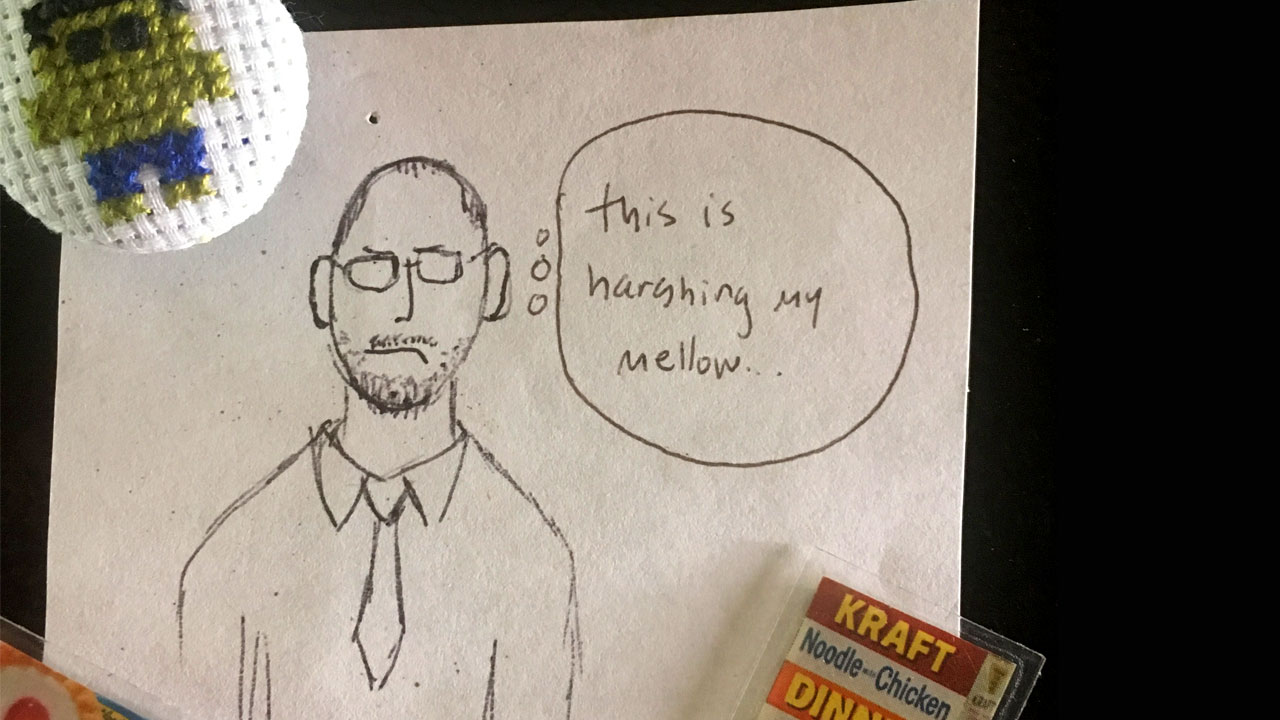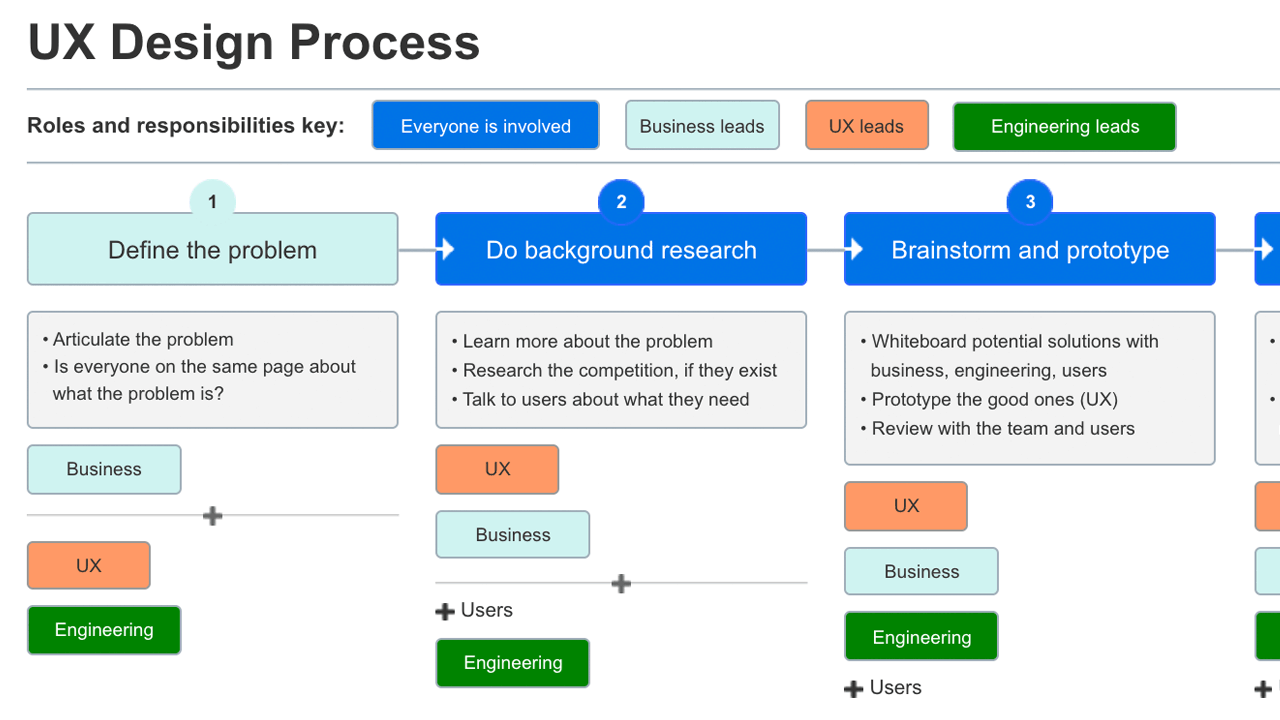I worked with a development manager who used to stop architecture discussions that weren’t going smoothly and say, “You’re harshing my mellow, man.” It was his diplomatic way of saying, “WTF? Why didn’t you tell me about this earlier?”
Need a mockup?
I’ve often been in the position of introducing UX thinking and process to development teams – teams that had never previously worked with a designer. They had been building the application themselves, making design decisions, moving quickly, interfacing solely with business. Almost always, development teams are relieved to finally have someone on board who can give them a visual specification to work from.
So I start there, using sprint planning to absorb as much information as I can about the problems being tackled, then offering to talk to users, provide ideas, and mock up potential solutions that we can incorporate into stories. I find it builds trust and shows that I can offer solutions, but also listen and collaborate.
Transparency and collaboration
In my experience, this type of process works well for a short while, but soon, we’re all taking a broader look at the application and the issues users are having. At this point, it’s necessary to become more strategic. This requires good collaboration between business, development, and design – because something that looks like a small change in the UI could be a massive undertaking by engineering, or maybe, a small change in the UI could provide opportunity to refactor a larger chunk of code that offers a long-term benefit to business.
The best way to take advantage of everyone’s knowledge and creativity is to be really open about the UX process. For me, that means bringing engineers into user testing and discussions, white boarding solutions with engineers and product, sharing feedback from users, asking for help when I don’t understand the complexity of a business requirement.
In the summer of 2018, I was working with three teams at Target, two of them brand new to working with designers. I mapped out this process below (the full version is here). It’s an approximation of an ideal state when working with an agile team, and it really highlights how collaborative the process is. It’s not really integrating UX thinking as much as aligning the whole team to think creatively together (and with users) about solving design problems.

